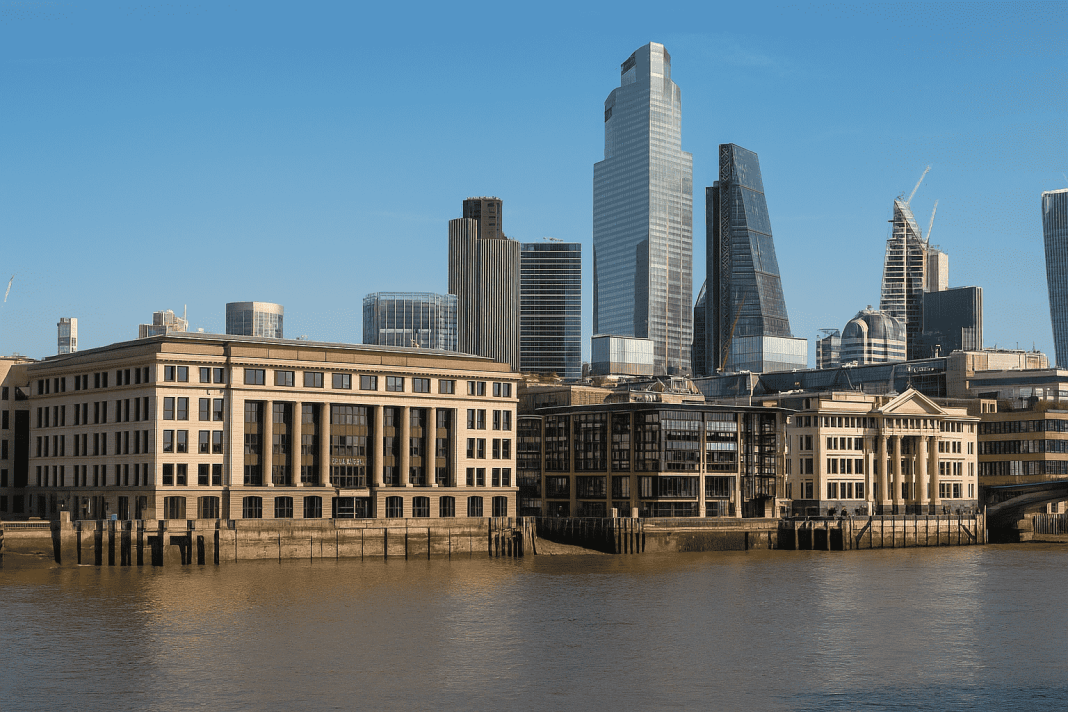Thames Water’s financial future is now in deeper trouble after the KKR investment withdrawal from a planned £4 billion rescue deal. This setback raises serious concerns about the company’s mounting debt, and the real possibility of temporary nationalisation.
Why the KKR Investment Withdrawal Happened
In March 2025, U.S.-based private equity giant KKR was selected to lead a major financial lifeline for Thames Water. The proposed £4 billion capital injection aimed to prevent collapse and restore confidence.
However, after reviewing the deal for ten weeks, KKR decided to walk away. They reportedly found the process too complex, with too many conflicting interests among investors and regulators. This decision effectively ends one of the company’s last big chances at immediate financial recovery.
Consequences of the KKR Investment Withdrawal
Thames Water is now left with nearly £20 billion in debt and no major investor to help manage it. Adding to its problems, the company was recently fined £123 million for environmental violations, which also damaged its public image.
Instead of new equity, the utility is turning to its senior creditors. These lenders had previously provided £3 billion in funding. Now, they are proposing a debt-to-equity swap. This plan would allow creditors to convert part of their loans into ownership stakes. While this could ease some financial pressure, it’s not a long-term solution.
Government Response to the KKR Investment Withdrawal
The UK government has tried to reassure the public, saying that Thames Water remains operational and that water services are not at risk. But the government is preparing for the worst. Environment Secretary Steve Reed said they’re ready to step in if the situation worsens.
Meanwhile, Ofwat, the water regulator, is working closely with the company and its creditors. Officials are also reviewing how the regulator operates. Critics say Ofwat has been slow to act and too focused on outdated rules. Changes to how it oversees water companies may come soon.
Political and Public Backlash After the KKR Investment Withdrawal
The KKR investment withdrawal has triggered strong reactions across the political spectrum. Members of Parliament have called for urgent reform in how water companies are financed and regulated. Many blame Thames Water’s own actions—like excessive executive pay and unjustified dividends—for creating the crisis.
Some lawmakers are even pushing for the water sector to be brought back under public ownership. They argue that private firms should not manage such an essential service, especially when profit seems to come before performance.
What Comes Next for Thames Water Post KKR Investment Withdrawal
Moving forward, Thames Water faces three major challenges:
-
Securing a new source of capital to replace the failed KKR deal.
-
Managing ongoing negotiations with creditors.
-
Restoring trust with both customers and regulators.
If these steps fail, nationalisation may be the only remaining option. While this would be a temporary fix, it’s still an expensive and complex one.
Still, the company insists it has “ample liquidity” to stay afloat in the short term. Yet, without new investment, its long-term survival is far from certain.Thames Water official site.
and you can find more about Thames Water fined £123m for environmental violations.
Why the KKR Investment Withdrawal Matters to the UK
This case matters not just because it involves a big utility. It’s also about how the UK manages its critical infrastructure in the future. If Thames Water can’t survive even after attempted bailouts, it sets a dangerous precedent.
The wider message here is clear: investors may be reluctant to get involved when regulatory risks and public scrutiny are too high. That could have ripple effects across other essential services like energy and transport.



